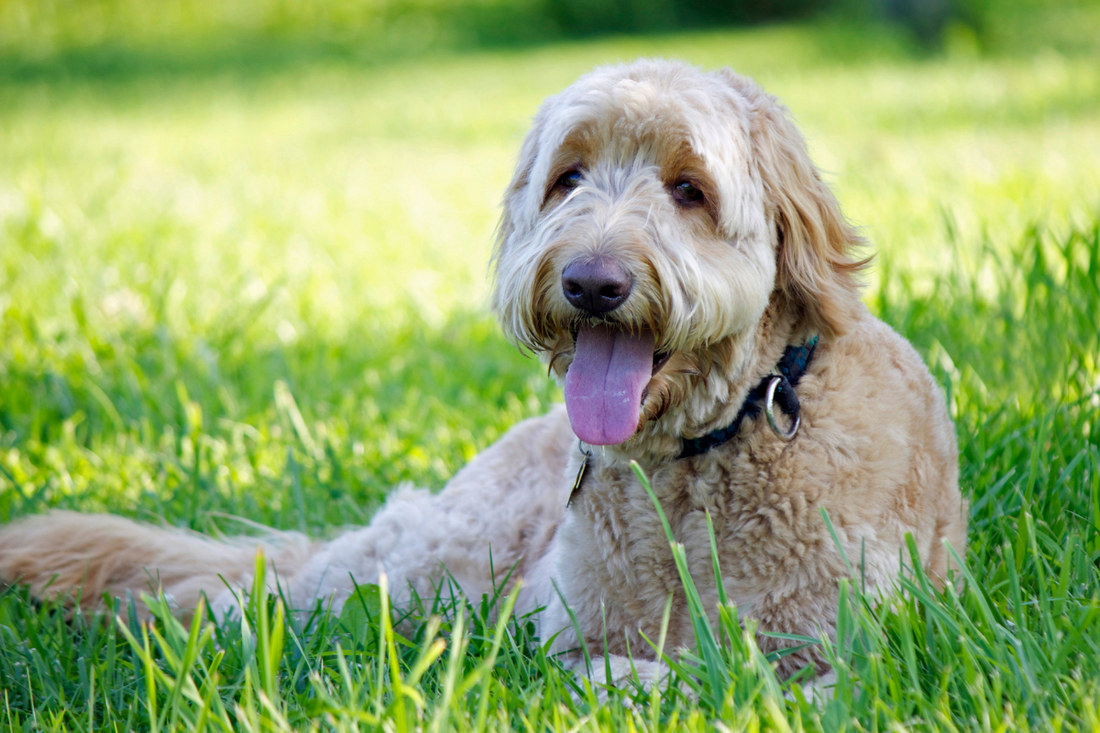Understanding Why Dogs Pant: What Every Dog Parent Should Know

Panting can be totally normal for dogs, but it can also signal a medical issue. So, why do dogs pant, and how can you tell if it's something to worry about?
Why Does a Dog Pant?
#1 Heat
Panting helps dogs cool down since they can't sweat like we do. When they pant, they inhale, humidify, and exhale air rapidly, which evaporates water from their nose and lungs, cooling them from the inside out. On hot days, make sure your dog has plenty of fresh water because they can lose a lot through evaporation.
#2 Excitement
Dogs pant when they're excited, like when meeting new people or getting a treat. This type of panting is usually rapid and shallow, often accompanied by whining.
#3 Stress
Dogs also pant when they're stressed. If you notice your dog panting with wide, wary eyes or yawning, they might be stressed. Try to make them more comfortable to prevent further anxiety.
Why Is My Dog Panting So Much?

#1 Pain
Excessive panting can indicate pain or discomfort. If you think your dog is in pain, a vet can conduct an examination to find out what's wrong.
#2 Medicine
Some medications, especially steroids like prednisone, can cause increased panting. If your dog pants a lot after starting a new medication, talk to your vet.
#3 Heatstroke
Overheating causes heavy panting and can lead to dehydration and even death. Overheated dogs might be restless, lying flat, or unresponsive. To prevent heatstroke, give your dog frequent breaks, keep them hydrated, and avoid high temperatures. Brachycephalic dogs (short snouts) are especially prone to heatstroke.
#4 Medical Conditions
Heart problems, lung diseases, and hormonal disorders can cause abnormal panting. If your dog pants heavily for no clear reason, it's time to see the vet.
How Can You Tell If a Dog’s Panting Is Excessive?

#1 Observe Their Activity
Panting should match the level of activity or temperature. If your dog is panting during rest or sleep, it's often a sign something's wrong.
#2 Check for Other Symptoms
Lethargy, lack of appetite, shaking, coughing, or discolored gums can indicate abnormal panting.
#3 Listen to Their Panting Sounds
Changes in the sound of your dog’s panting could signal issues like laryngeal paralysis or airway obstructions, common in breeds like Labradors, Golden Retrievers, Pugs, and Bulldogs.
#4 When in Doubt, Call Your Vet
If you’re concerned about your dog’s panting, don’t hesitate to contact your vet.
What To Do if Your Dog Is Panting Heavily

If you think your dog is overheating, act quickly but stay calm. Cool them down with water, move them to a shady spot, and offer them water. Call your vet or a local emergency hospital for guidance. If you need to transport your dog, run the air conditioner in your car.
If your dog's panting is accompanied by other symptoms, consult a vet immediately. Your pet may need tests like blood work or X-rays. Treatment can range from medication to hospitalization.
You know your dog best, so if you’re worried, trust your instincts and call your vet. You could be saving your pet’s life.
Want to see more adorable dog photos? Follow Joyride Harness on social media for your daily dose of cute pups and helpful pet tips!
Source: PetMD





















